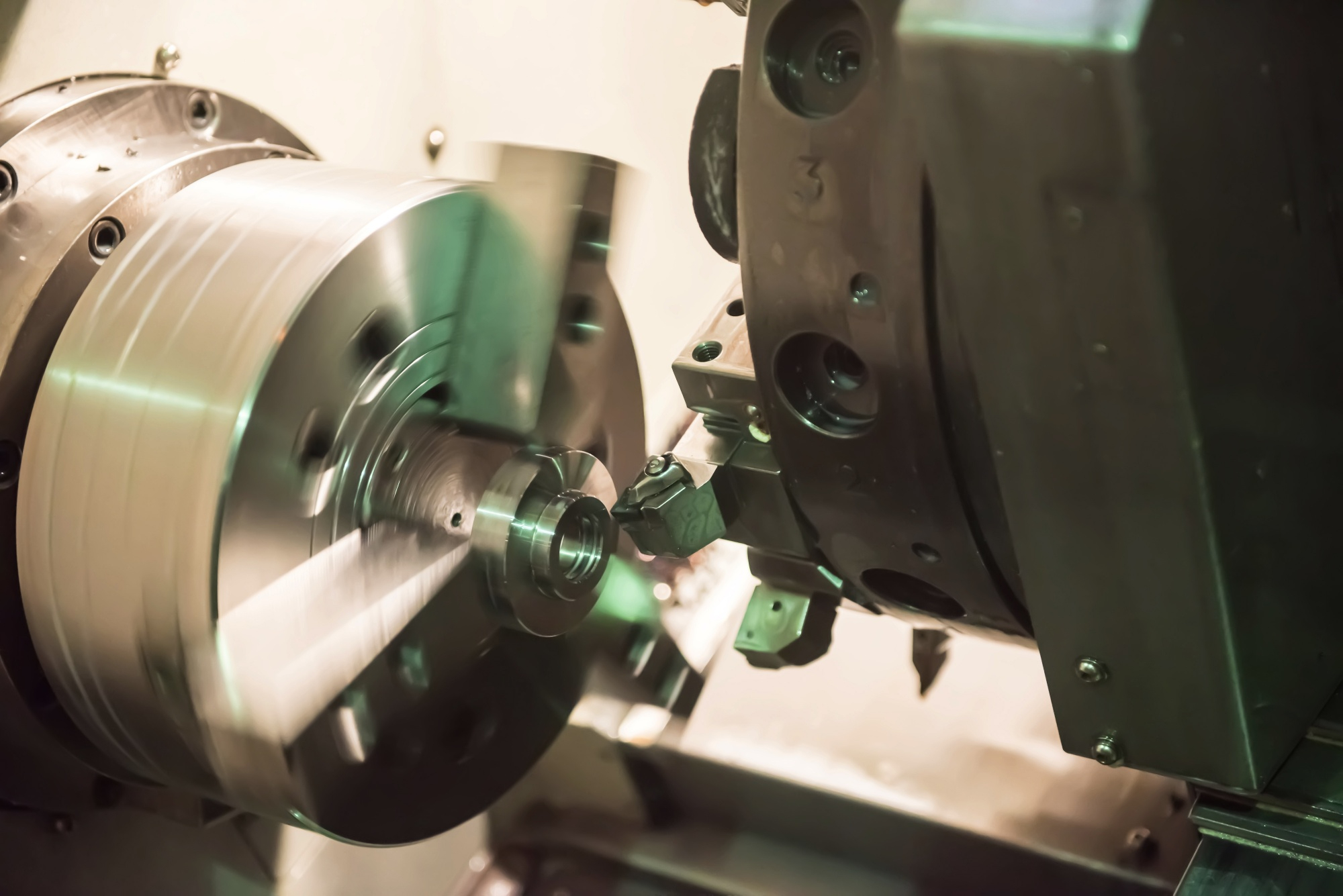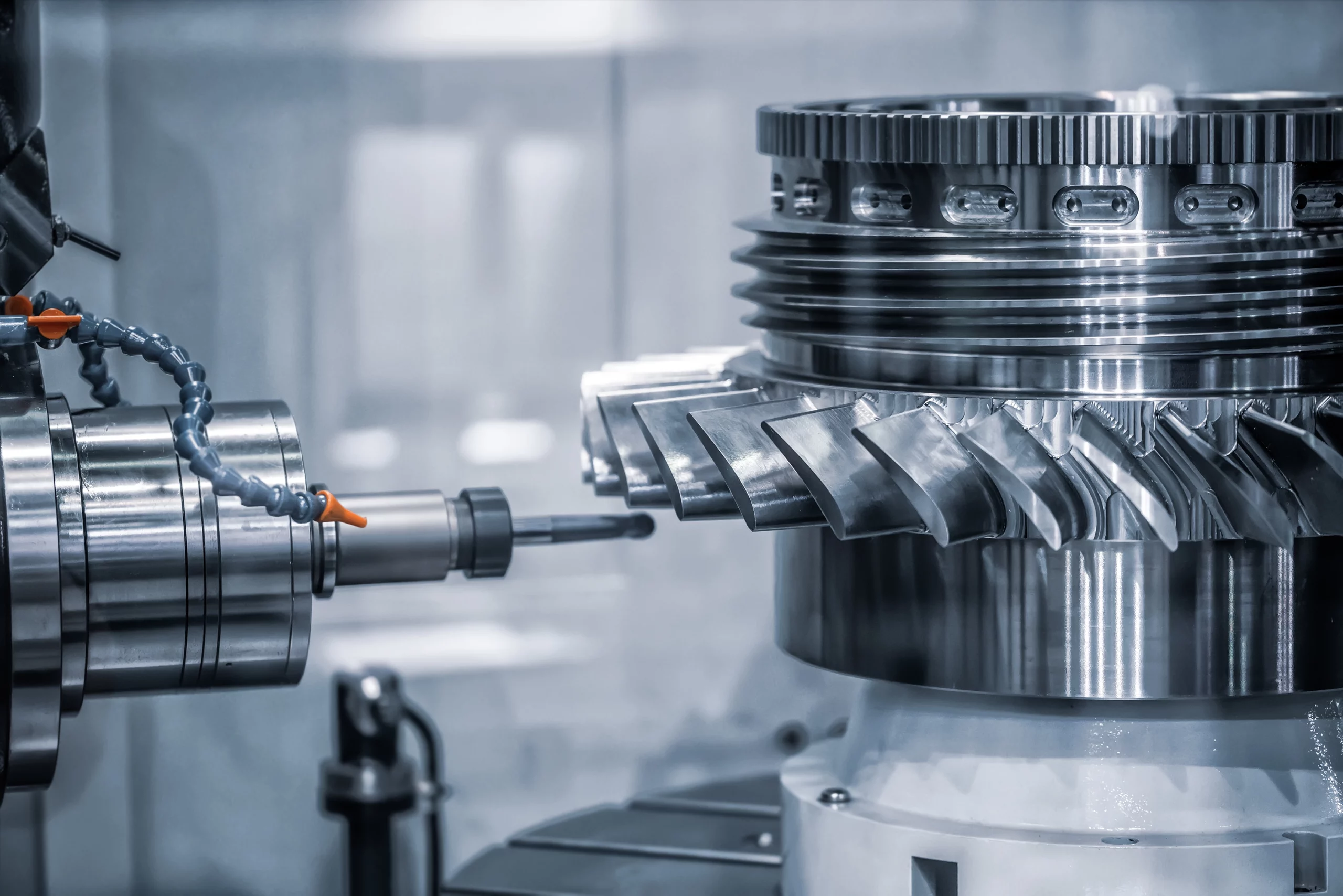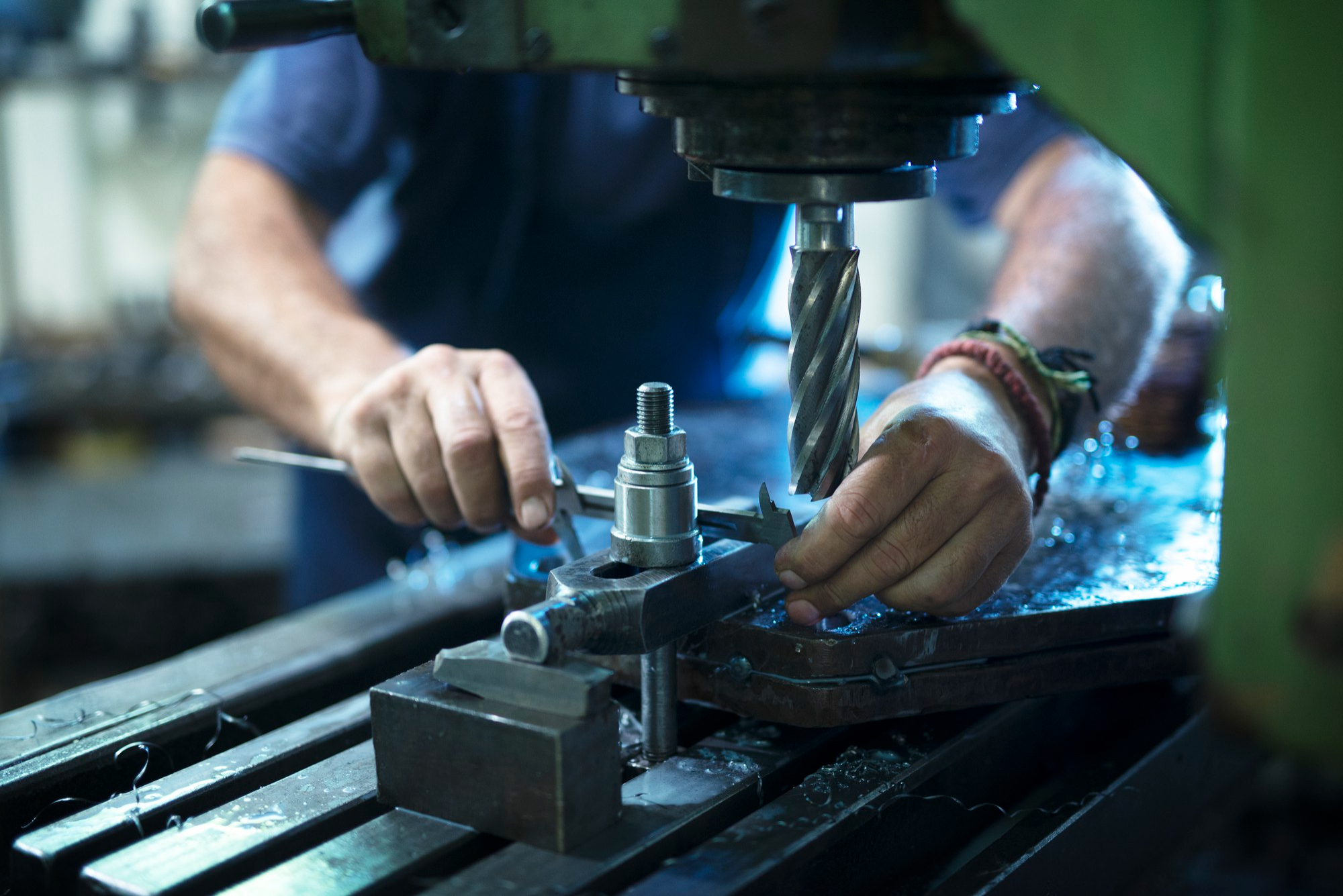Shoe die makers are skilled artisans who play a vital role in the shoe manufacturing process. They are responsible for creating the dies that are used to cut the various components of a shoe, such as the sole, upper, and lining. In this article, we will explore in detail the process that shoe die makers use to make dies.
Designing the Pattern
The first step in making a die is to design the pattern. The die maker will work with the shoe designer or manufacturer to create a pattern that represents the desired shape of the shoe component. This pattern serves as a template for the die and must be precise and accurate to ensure that the die will cut the shoe components correctly.
Creating the Prototype
Once the pattern is finalized, the die maker will create a prototype of the shoe component. This prototype is typically made using materials such as cardboard or foam. The prototype serves as a model for the die and allows the die maker to check the accuracy of the pattern.
Making the Metal Die
Once the prototype is approved, the die maker will use the prototype as a template to create a metal die. This involves cutting the die shape out of a block of metal using specialized machinery such as a CNC milling machine. The die maker must be skilled in using this machinery to ensure that the die is cut precisely and accurately.
The type of metal used to make the die will depend on the shoe component being cut. For example, dies used to cut soft materials such as leather may be made from softer metals such as brass or aluminum. In contrast, dies used to cut harder materials such as rubber or plastic may be made from harder metals such as steel.
Heat Treating the Die
Once the metal die is cut, it must be heat treated to increase its hardness and durability. Heat treating involves heating the die to a high temperature and then rapidly cooling it. This process helps to ensure that the die will be able to withstand the repeated cutting of shoe components without becoming dull or damaged.
Finishing the Die
Finally, the die maker will polish the die to remove any rough edges or imperfections, ensuring that it will create clean and precise cuts in the shoe components. The die maker may also add details such as embossed logos or patterns to the die to add an extra level of detail to the shoe components.
In addition to these steps, shoe die makers must also ensure that the dies they create are of a consistent size and shape. This is important because even small variations in the size or shape of the die can result in poorly fitting shoe components.
To ensure consistency, many shoe die makers use digital design software to create the patterns for their dies. This software allows the die maker to create precise and accurate patterns that can be easily replicated in future dies.
Conclusion
In conclusion, shoe die makers play a crucial role in the shoe manufacturing process. They are responsible for creating the dies that are used to cut the various components of a shoe, such as the sole, upper, and lining. The process of making a die involves designing the pattern, creating a prototype, cutting the metal die, heat treating the die, and finishing the die. Shoe die makers must be skilled in using specialized machinery and must ensure that the dies they create are of a consistent size and shape. The quality of the dies created by a shoe die maker can have a significant impact on the final product, making their work an essential part of the shoe manufacturing process.

How to make dies with CNC machine
CNC (Computer Numerical Control) machines are capable of producing dies with a high degree ...
Top 7 Benefits of Making Dies with CNC Machines
Using CNC (Computer Numerical Control) machines to make dies offers a range of benefits ove ...
